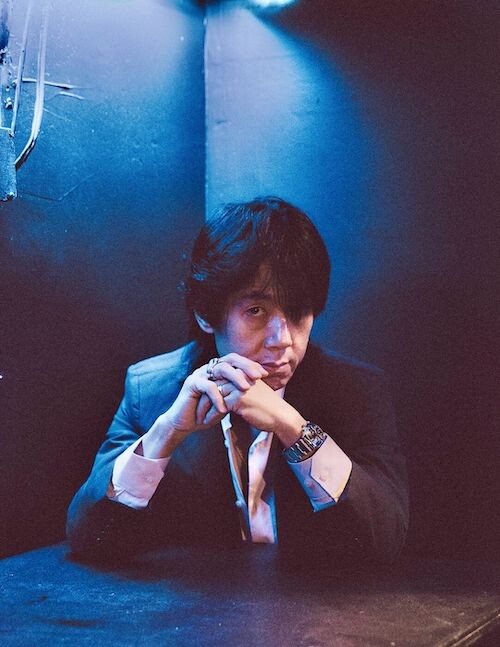Acclaim
Review
Music of Spacious Subversion, Rendered by Kigawa with Focused Nuance

Classical music is a formal music, and the repertoire is packed with works that are based on a structural plan or with a specific purpose. That also means that creative subversion of forms is important in keeping long standing ideas vital.
Pianist Taka Kigawa gave a stellar display of this subversion Tuesday evening at (le) poisson rouge, when he played the seven Etudes by Pascal Dusapin.
Etudes—literally “studies”—are meant to highlight specific technical challenges and possibilities, and are usually full of impressive fingerwork and flourishes. Think of the most foundational examples for the piano, those by Chopin, Debussy, and Ligeti, and one will imagine this vividly.
But Dusapin’s set is almost completely the opposite of that purpose and aesthetic. Born in 1955, Dusapin is a French composer who mixes pure sound in the manner of Varèse with a natural, emotional communication. There are two Etudes that are fast and active, and so the immediate concern is technical, but most of the music is slow, quiet, full of space and specific but subtle varied in rhythm and texture. The music is also quite spare and there is nothing to hide behind. These Etudes are a challenge to the depth of a musician’s thinking and understanding, and their ability to play with meaning.
Kigawa has always impressed with his hands and mind, exceeding in music, like Boulez’ Piano Sonatas and John Cage’s Etudes Australes, which is not just hard to get the hands around but to play with a conception that the audience can hear. Dusapin’s Etudes, with a foundation in tonal harmony and statements with clear beginnings and conclusions, have a mysterious sound, atmospheric but not foggy, like if one takes a long stroll on a familiar route and lets muscle memory take over while the mind wanders.
The danger for the player is getting lost in the sound and losing the details of the music. Kigawa was on top of everything. His dynamics were carefully and gracefully delineated, and his articulation was full of subtle variety. That last is probably the most challenging aspect of the music, and though quiet to the ears it is fiendish; how does one play a repeated pitch that has both slight, but specific, changes in rhythm and also is marked legato? How many ways can a pianist press a key, how many grades of speed and force are there within the confines of tempo and rhythm?
From the first Etude, Kigawa drew in the listener with these small, clear changes, all within both the overall flow of the music and the sound of the piano—each change in articulation produced a small, intriguing change in the decay from the instrument. It is these details that make these Etudes so fine.
The performance was full of unexpected drama. This music has few real technical challenges, though Kigawa did sound a little clotted in parts of the fast Etude No. 2.
But throughout Kigawa brought out all the details, the romantic arc and a sense of a journey. The experience was something like viewing Fellini’s Nights of Cabiria, where a seemingly random sequence of events doesn’t make complete sense or have full effect until the final moments. Tuesday night, Kigawa began Etude No. 7 while the sound from No. 6 was still decaying—he played inside the one that had just passed. Then, at the end, he produce a magical effect of letting the atmosphere he had conjured disappear, delivering the final page with a kind of warm dryness, like wrapping up a dream with the first moments of waking.